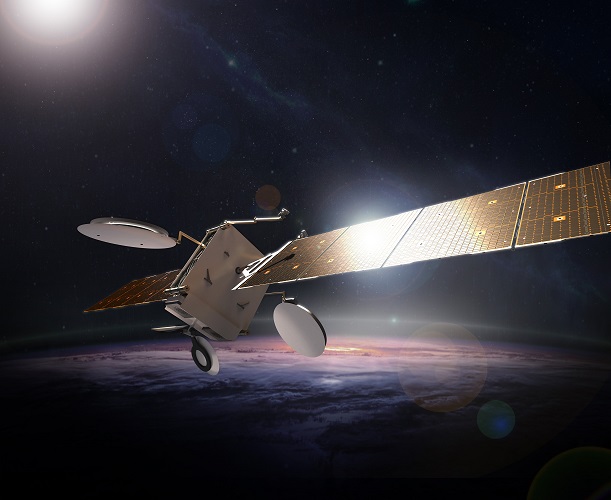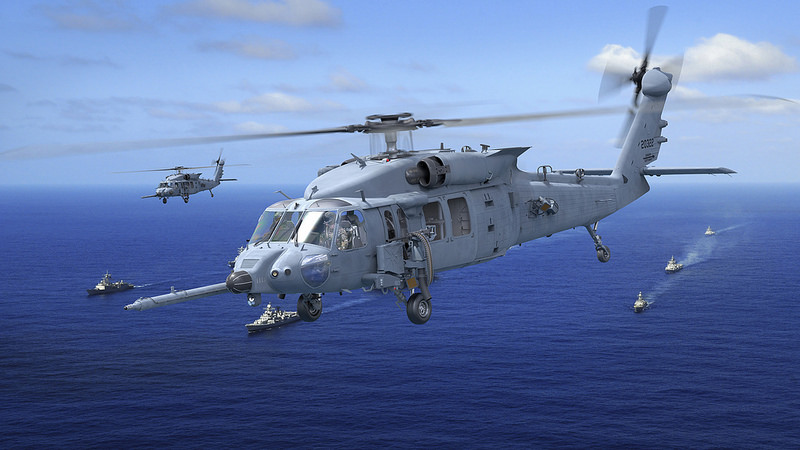Airbus and Emirates Airline have signed a purchase agreement for 50 A350-900s – Airbus’ newest generation widebody aircraft.
The order was signed at Dubai Airshow 2019 by His Highness Sheikh Ahmed bin Saeed Al Maktoum and Guillaume Faury, Airbus Chief Executive Officer.
HH Sheikh Ahmed said: “Today, we are pleased to sign a firm order for 50 A350 XWB’s, powered by Rolls-Royce Trent XWB engines. This follows a thorough review of various aircraft options and of our own fleet plans. It is Emirates’ long-standing strategy to invest in modern and efficient aircraft, and we are confident in the performance of the A350 XWB.
“Complementing our A380’s and 777’s, the A350’s will give us added operational flexibility in terms of capacity, range and deployment. In effect, we are strengthening our business model to provide efficient and comfortable air transport services to, and through, our Dubai hub.”
Sheikh Ahmed added: “This deal reflects our confidence in the future of the UAE’s aviation sector, and is a strong affirmation of Dubai’s strategy to be a global nexus connected to cities, communities and economies via a world-class and modern aviation sector.”
“We are honoured by Emirates’ strong vote of confidence in our newest widebody aircraft, taking our partnership to the next level. The A350 will bring unbeatable economics and environmental benefits to their fleet,” said Guillaume Faury, Airbus Chief Executive Officer. “We look forward to seeing the A350 flying in Emirates colours!”
The A350 XWB offers by design unrivalled operational flexibility and efficiency for all market segments – up to ultra-long haul (17,900km). Its Airspace by Airbus cabin is the quietest of any twin-aisle aircraft and offers passengers and crews the most modern in-flight flying experience. The aircraft features the latest aerodynamic design, a carbon fibre fuselage and wings, plus new fuel-efficient Rolls-Royce Trent XWB engines. Together, these latest technologies result in 25% lower operating costs, as well as 25% reduction in fuel burn and CO2 emissions compared with previous-generation competing aircraft – demonstrating Airbus’ commitment to minimise its environmental impact while remaining at the cutting edge of air travel.





